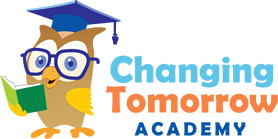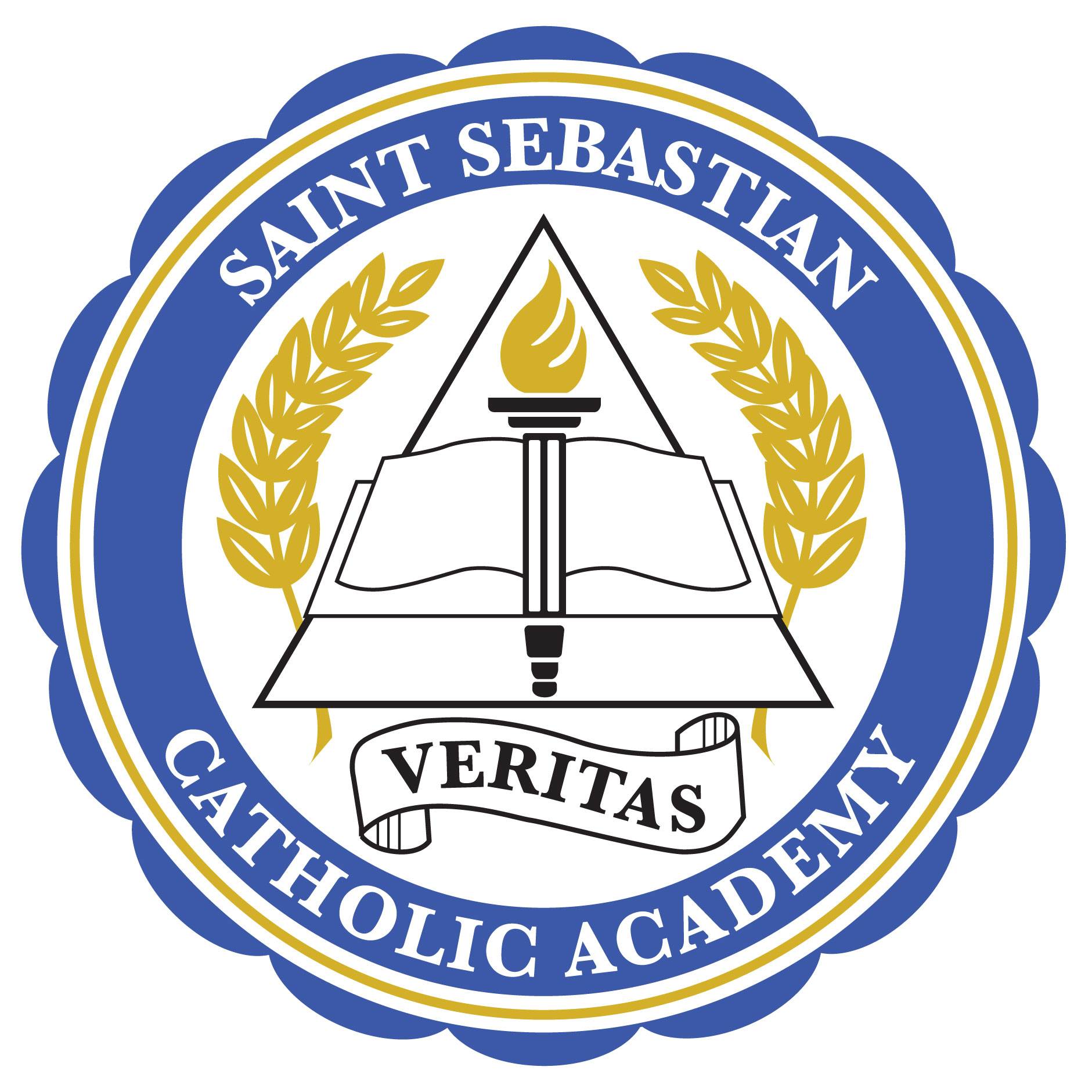
How to Prepare Your Child for Preschool with This Important Experience
By implementing simple routines and transitions at home, parents can help prepare their young children for preschool.
Get kid-friendly activities sent to you!
Get the Best Family Activities
The routine can and should be based on the parent and child’s interests, while including activities that focus on both small and large motor skills. And a good transition makes a natural connection between the sequence of activities.
RELATED: How to Get Your Preschooler to Pick Up Their Toys
If you play the guitar or enjoy singing, consider a short sing-along followed by a transition to dancing to expend some toddler energy, then transition to washing hands and a snack. Or, make story time or drawing time the first activity followed by a round of Simon Says, then move on to washing hands and a snack. Keep in mind that stirring, mixing, and stringing are important for fine motor skill development, so preparing the snack with the help of your child could be part of the routine too. Some of my student’s favorite edible activities included stringing Cheerios onto shoestring licorice and cutting slices of bread into shapes with large cookie cutters.
Choose a time of day when your toddler is well rested. If you can designate a section of your home or apartment for the sequence of activities, ideally different from where your child usually plays, even better. Remember: The specific activities you choose aren’t necessarily key; it’s the fact that the activities follow a pattern that toddlers come to recognize and eventually depend on.
The toddlers in my program were only in the classroom for 2 hours, twice a week. Four hours per week together wasn’t a tremendous amount of time but it was enough for them to get comfortable with the classroom routines. The at-home routine doesn’t need to last more than 20 or 30 minutes. It’s the consistency that matters.









